Description
This is another of Suzi Wilson’s little mushroom pots. It stands approximately 3″-4″ tall and is about 3″ across. Its form is supposed to emulate a lone mushroom on a hill. The inside of the pot is a light blue color. It would be suitable for storing jewelry, paperclips, rubber bands, or pocket change.
The underside of the edge of the lid has a small chip that is not visible from the outside.
More about Mushrooms
Many species of mushrooms seemingly appear overnight, growing or expanding rapidly. This phenomenon is the source of several common expressions in the English language including “to mushroom” or “mushrooming” (expanding rapidly in size or scope) and “to pop up like a mushroom” (to appear unexpectedly and quickly). In reality, all species of mushrooms take several days to form primordial mushroom fruit bodies, though they do expand rapidly by the absorption of fluids.
Many mushroom species produce secondary metabolites that can be toxic, mind-altering, antibiotic, antiviral, or bioluminescent. Although there are only a small number of deadly species, several others can cause particularly severe and unpleasant symptoms. Toxicity likely plays a role in protecting the function of the basidiocarp: the mycelium has expended considerable energy and protoplasmic material to develop a structure to efficiently distribute its spores.
Some mushrooms are used or studied as possible treatments for diseases.
Mushrooms can be used for dyeing wool and other natural fibers. The chromophores of mushroom dyes are organic compounds and produce strong and vivid colors, and all colors of the spectrum can be achieved with mushroom dyes. Before the invention of synthetic dyes, mushrooms were the source of many textile dyes.

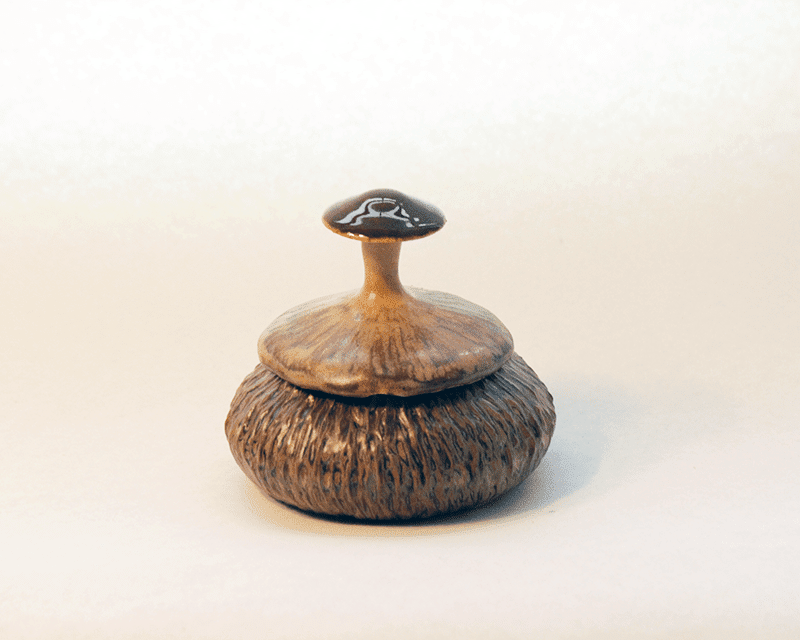
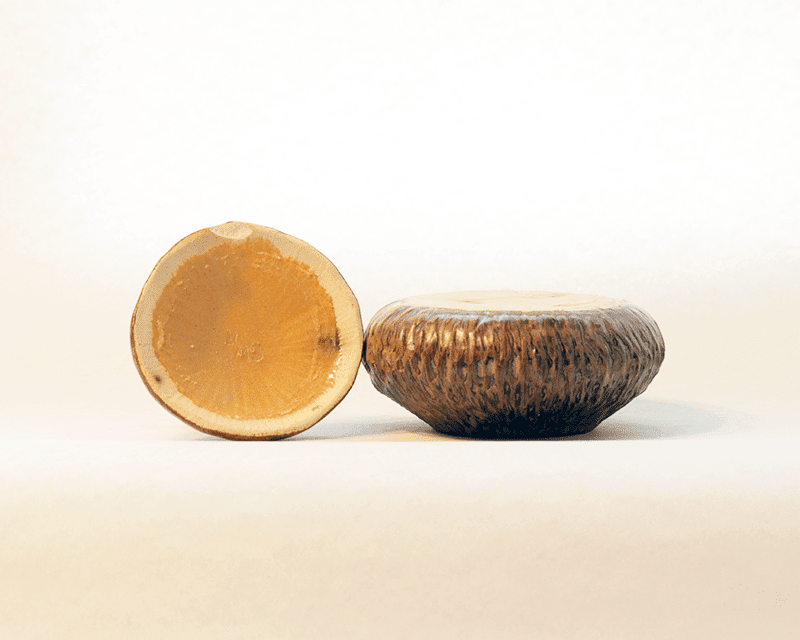
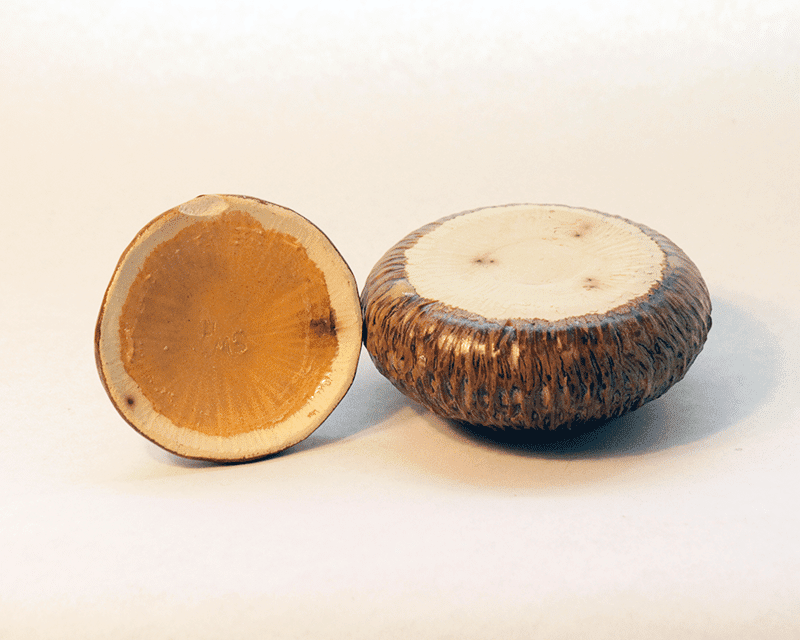
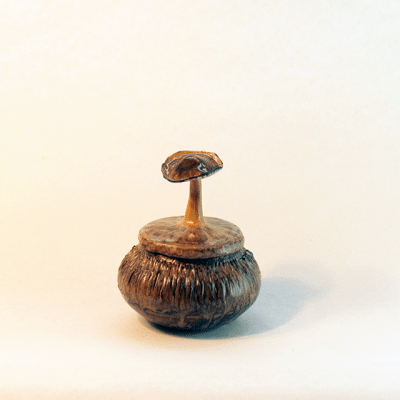
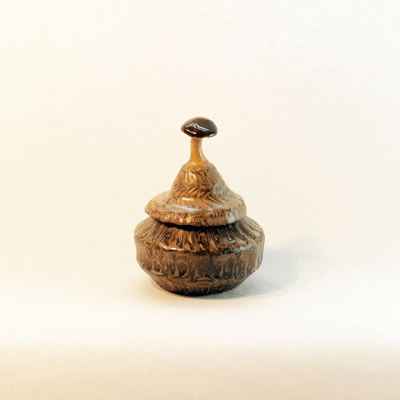
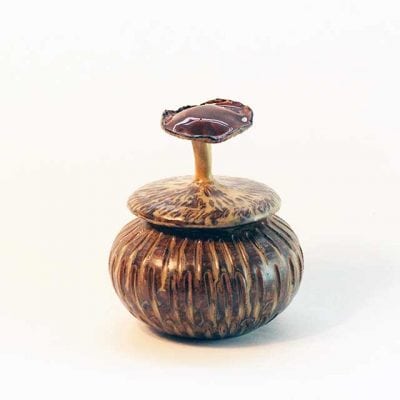

Reviews
There are no reviews yet.